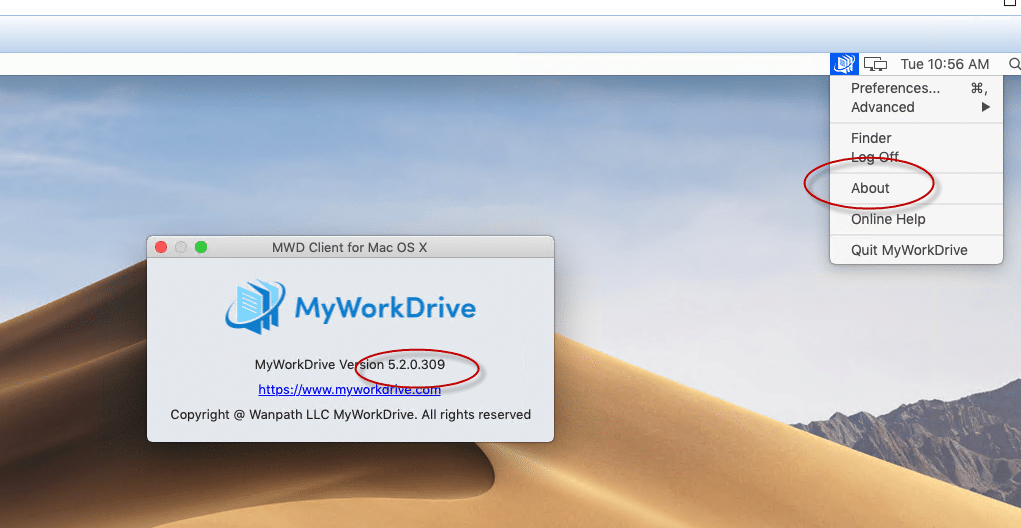
Workaround: Redirect the external hard drive to the remote desktop again. If you use the USB redirection feature to connect a Transcend USB 3.0 external hard drive to a remote desktop from your Mac client system, files that you copy or move to the drive do not appear on the drive after you disconnect the drive from the remote desktop.

After the device is connected to the remote desktop, reinsert the SD card again to make the disk volume appear in the remote desktop. Workaround: Reinsert the SD card into the Transcend card reader. Because the SD card is not mounted on your Mac client system, the device does not appear in the Connection > USB menu in Horizon Client and you cannot use the USB redirection feature to connect the device to the remote desktop. When you insert an SD card into a Transcend USB 3.0 card reader attached to your Mac client system, the SD card is not mounted automatically. From the Horizon Client menu bar, select Desktop > USB > Autoconnect USB Devices on Insert. Workaround: Configure Horizon Client to automatically connect the device when you insert it. The remote desktop shows that a new drive was added and so displays a new drive letter but no corresponding label to identify the device. For example, after you redirect the device to the remote desktop, the password prompt does not appear. If you use the PCoIP display protocol, connecting some password-protected storage devices (such as IronKey USB flash drives) might not work correctly. VMware would like to thank Arnor Kristjansson of Move AS for reporting this issue.


The user interface and documentation for Horizon Client are available in English, Japanese, French, German, Simplified Chinese, Traditional Chinese, Korean, and Spanish. Horizon Client for Mac 5.5.4 includes support for MacOS 12 and bug fixes. These release notes cover the following topics: Horizon Client for Mac 5.5.4 | 10 March 2022


 0 kommentar(er)
0 kommentar(er)
